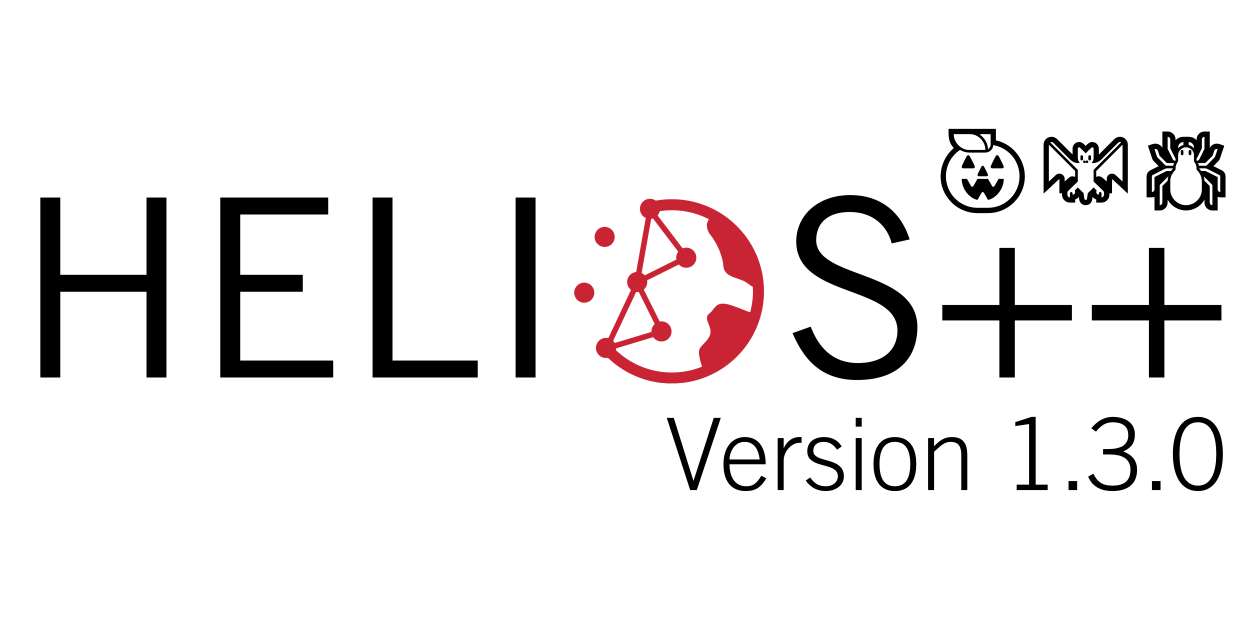Tag: 3D geodata analysis
-

🦇 Halloween release of HELIOS++, v1.3.0
We proudly present our Halloween release of HELIOS++, Version 1.3.0: https://github.com/3dgeo-heidelberg/helios/releases What’s new in this release? HELIOS++ now supports LiDAR simulation of dynamic scenes. We can now simulate laser scanning of scenes that change during the simulation. This is done by introducing rigid motions, which are defined with XML syntax in the scene XML file.…
-
ISSAR19 – Third Innsbruck Summer School of Alpine Research
Close-range sensing techniques in Alpine terrain have been taught in the frame of a bi-annual ISPRS summer school since 2015. This week, a group of 40 young researchers (mainly PhD students) is participating in the third edition of the summer school to learn about various sensors, processing techniques, and analysis methods for different topics in…
-
Continued capturing of an active rock glacier in 3D
For the fourth consecutive year, the 3DGeo team acquired the rock glacier Äußeres Hochebenkar in the Austrian Ötztal by terrestrial laser scanning. This adds another point cloud to the multitemporal dataset to observe how the active rock glacier changes over the years. In an elevation over 2600 m a.s.l., the complex terrain on and around…
-
Talk on methods and applications for large geospatial point clouds
On Wednesday, Roderik Lindenbergh from TU Delft (NL) gave an exciting talk on robust geometry extraction in large spatial point clouds in the frame of the IWR colloquium at the Interdisciplinary Center for Scientific Computing. With focus on robust and novel methods of geoinformation extraction from these special datasets, the audience was taken on a…
-
ArchEyeAutomatic summer school 2017
From 26 to 28 July, the 3D spatial data processing group contributed to the “ArchEyeAutomatic summer school 2017: Cameras, Drones, and Laser scanning. Modern ways to document ancient objects”. With a focus on documenting and analyzing archaeological sites and objects, the summer school introduced around 40 participants to various methods of close-range remote sensing at…
-
Innsbruck Summer School of Alpine Research 2017: Close Range Sensing Techniques in Alpine Terrain
From 16 to 22 July, the second ISPRS Summer School of Alpine Research took place in Obergurgl, Austria. Around 40 participants from four continents enjoyed a mix of lectures, field work and hands-on data processing related to various research topics in high mountain research. Hosted at the beautifully located and perfectly equipped Alpine Research Centre…
-
3D data acquisition in the Ötztal Alps – Exploring 3D GIScience on the “Monster of Rock”
As part of the practical field training “3D Geodatenerfassung im Hochgebirge (Ötztal), 31 July – 06 August”, the rock glacier “Äußeres Hochebenenkar” (42 ha), located in the Ötztal Alps in an elevation of 2,630-2,800 m a.s.l., was explored by 16 students under the direction of Bernhard Höfle, Stefan Hecht and Martin Hämmerle. With the help…


